
Zoo InternQuest is a seven-week career exploration program for San Diego County high school juniors and seniors. Students have the unique opportunity to meet professionals working for the San Diego Zoo, Safari Park, and Institute for Conservation Research, learn about their jobs, and then blog about their experience online. Follow their adventures here on the Zoo’s website!
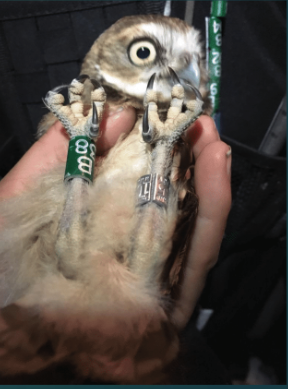
Protecting and restoring the homes of burrowing owls is no easy task. As a Senior Research Coordinator, Susanne Marczak and her team observe the behavior, population size, and ecosystems of western burrowing owls in San Diego County. Ms. Marczak works in the Recovery Ecology Department where she tests breeding techniques, monitors and manages the burrowing owl population, and helps with the processes of translocation and reintroduction. Translocation and reintroduction are terms used in wildlife conservation to describe the process of capturing, transporting, and releasing a species into a safe habitat. Ms. Marczak spends time writing, creating presentations, building the most effective artificial burrows, managing population data, and repairing equipment used during owl breeding seasons. She spends most of her time at a study site in Otay Mesa where she observes human disturbances, predators, and other wildlife impacting local burrowing owls using remote cameras and banding data. Banding the owls allows Ms. Marczak and her team to identify individual owls and keep track of their migration and history. The research Ms. Marczak does with the Institute of Conservation Research (ICR) helps inform the community about local species, and how they can prevent their decline.
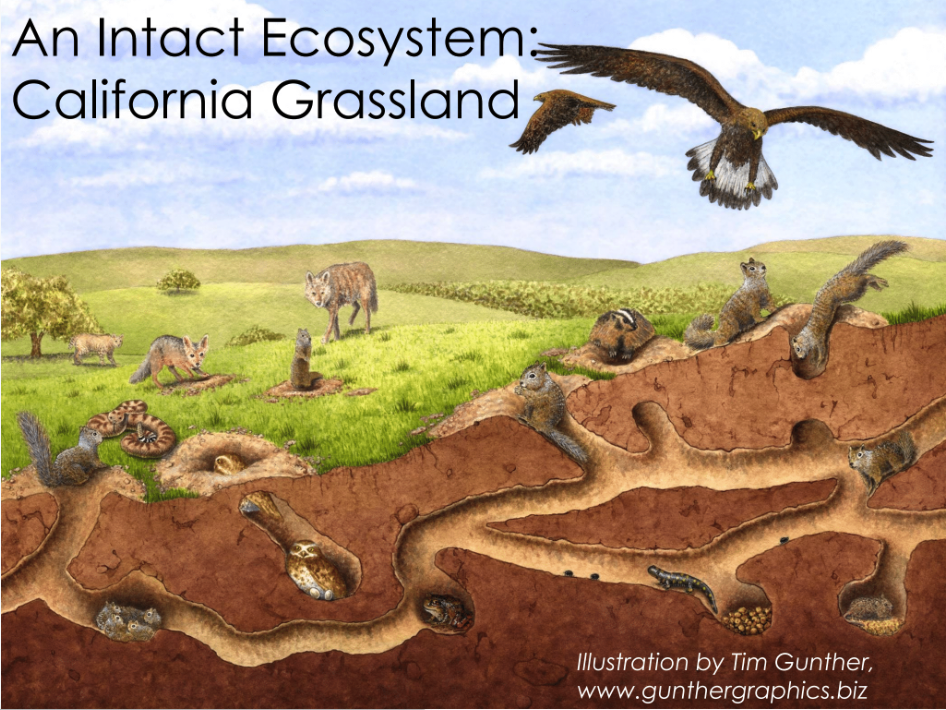
Burrowing owls are unique because they make their nests in tunnels dug by other animals instead of in the treetops. What's more, they live a somewhat communal lifestyle instead of remaining solitary, relying on each other to call out when predators appear. Despite these adaptations, western burrowing owl populations across their range are suffering due to human influence. Luckily, they are a hardy species. They lay between six to twelve eggs per clutch, and can live about nine years in the wild. That, combined with the fact that they routinely inhabit burrows close to populated areas means it can sometimes be difficult to gauge how badly they are threatened. Unlike many birds, burrowing owls do not lay all their eggs at once. Eggs are usually laid every few days until there are no more, which means the chicks hatch a few days apart from each other. One major cause of decline is the removal of burrowing (fossorial) animals in the area, such as ground squirrels. Ground squirrels are a keystone species, meaning they support or control the populations of other animals in their habitat. Burrowing owls rely on them to dig their homes, but unfortunately they are considered pests.
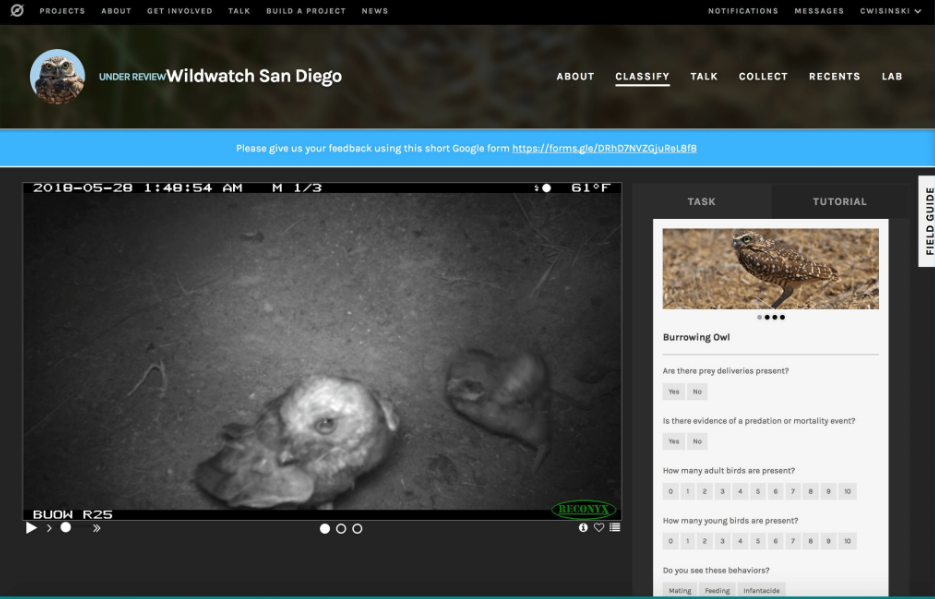
The western burrowing owl is at risk of becoming endangered in San Diego County. These tiny feathered friends face reduction and fragmentation of their habitat, as well as the removal and extinction of fossorial mammals. Ms. Marczak and other members of the Burrowing Owl Recovery Program work tirelessly in order to change the declining status of these local creatures. Some of Ms. Marczak’s work includes the monitoring and research of the remaining burrowing owl breeding populations left in San Diego. With the information she collects, Ms. Marczak is able to educate people in management positions and influence their decisions. The ICR is not alone in their efforts, they also collaborate with organizations such as the California Department of Fish and Wildlife, Sonny Bono Salton Sea National Wildlife Refuge, San Diego County Regional Airport Authority, and the San Diego Association of Governments, just to name a few. Though the real question is: What can the average person do to contribute? Other than making a donation, people can participate in the Wildwatch Burrowing Owl citizen science program and help scientists collect data on this species. In order to document the behaviors and developmental milestones of burrowing owl families and help with the conservation of this local species, visit www.wildwatchburrowingowl.org.
Originally, Ms. Marczak had absolutely no idea she’d land this job as a field biologist. Starting at the University of California, Los Angeles, Ms. Marczak knew one thing for certain––she would not study science. Her plan was leading her towards a future of political science and economics. However, that plan changed when she decided to take science courses for non-science majors, making the subject more exciting and sparking a passion. Graduating with an Ecology, Behavior and Evolution degree, Ms. Marczak went on to work for the United States Geological Survey agency and with an environmental consulting firm. While between jobs, she volunteered at San Diego Natural History Museum in the Herpetology Department, and then finally arrived at the ICR. Here, she has worked on projects with ground squirrels, desert tortoises, and eagles. The diversity of work she does stems from the fact that her job is led by support from external organizations. Currently, her work with burrowing owls is front and center. She works with a team of eight incredible people and is excited for the growth of the burrowing owl species.
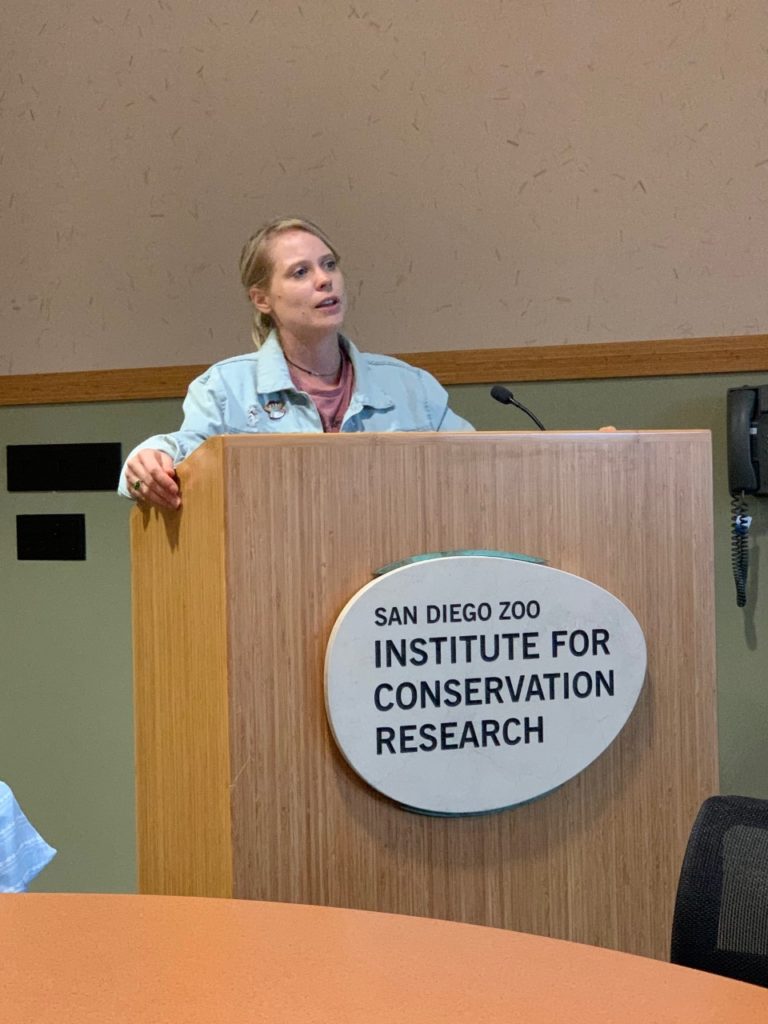
Ms. Marczak’s hard work and experience has yielded valuable career advice. It’s okay not to know what you want to do! The best way to discover your passion is to try new things and meet new people. This also helps you create a network of contacts and colleagues, which is essential for jobs in wildlife conservation. In general, she encourages people to highlight their unique skills because employers want to see what you are capable of. Specifically for her job, Ms. Marczak listed valuable skills such as being adept in forms of manual labor, being willing to get your hands dirty, having a love for the outdoors and wildlife, communication, and adaptability. Adaptability is especially important because research is seasonal and often has odd hours. Wildlife researchers are most often busy during the breeding season of their species of interest, and animals operate on their own schedule. For instance, the burrowing owl is active both day and night so Ms. Marczak is on call at all times. Due to this, Ms. Marczak makes sure to have as healthy of a work-life balance as possible. She advises reserving time every week for an activity you and some friends can enjoy.
Ms. Marczak is extremely dedicated to her career, working up to thirteen hour shifts. Her favorite part of the job is getting the chance to hold burrowing owls and banding them. Increasing her love for the job is having an influence in the protection of the species, and being the expert that people go to with questions or concerns. Ms. Marczak’s favorite volunteering opportunity was working at the Natural History Museum doing specimen labeling and in re-conducting surveys that were done over 100 years ago to compare the data. She enjoys the outdoors, wildlife, and doesn’t mind doing manual labor as long as burrowing owls are in the picture. Burrowing owls have grown to be one of her favorite animals, considering that she has been working with them for multiple years.
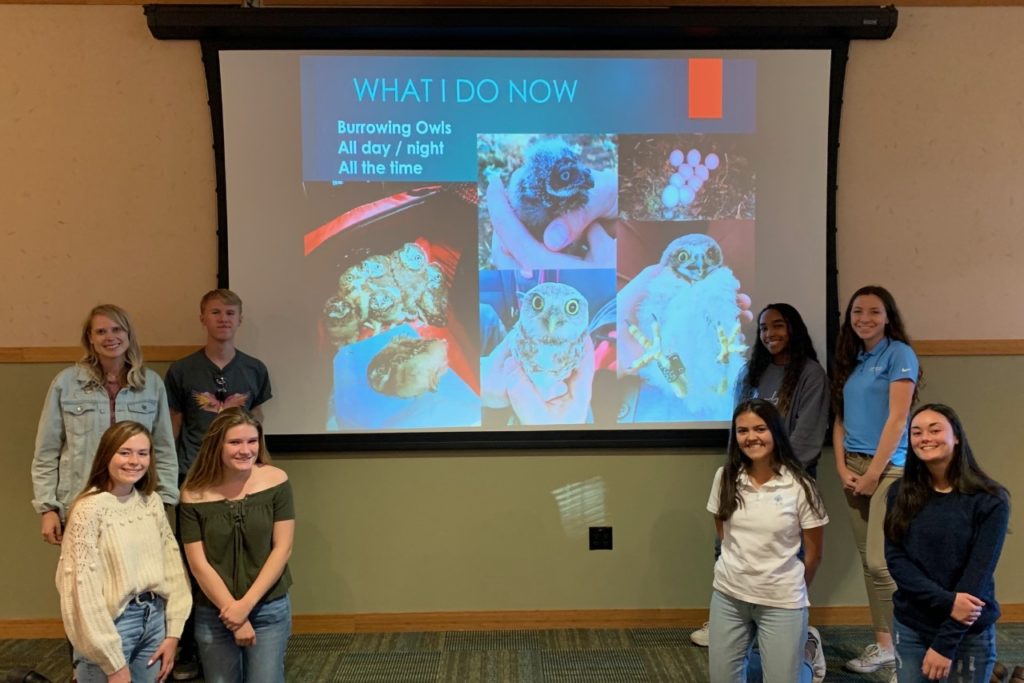
The burrowing owl project that Ms. Marczak and her colleagues have been working on has provided a more secure future for the species. The research and headstarting programs (young animals are raised in managed care and later introduced to their natural habitat with less risk of predation) that have been done will hopefully act as a pivotal point in burrowing owl conservation. While this species is not yet endangered, the industrialization of southern California is a constant threat to these animals that may one day lead to a severe decline in the population of western burrowing owls. In order to save this species, we must also work to conserve ground squirrels, which are crucial to the functionality of California’s grasslands and burrowing owls. The conservation work that has been done for burrowing owls in recent years will also help the conservation of the owls in the future, thanks to people like Ms. Marczak.
Week Four
Fall Session 2019




